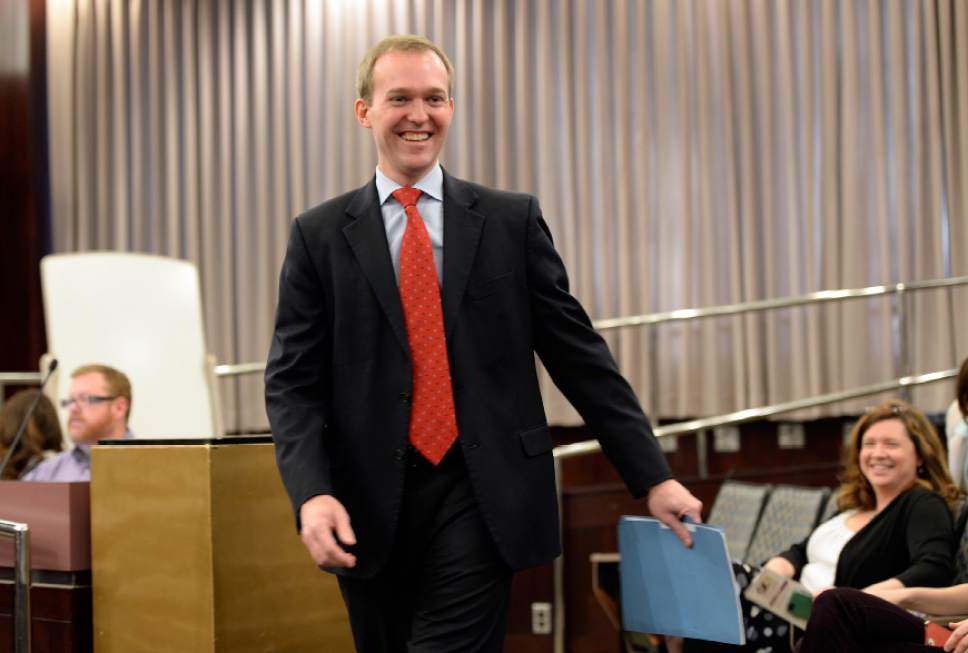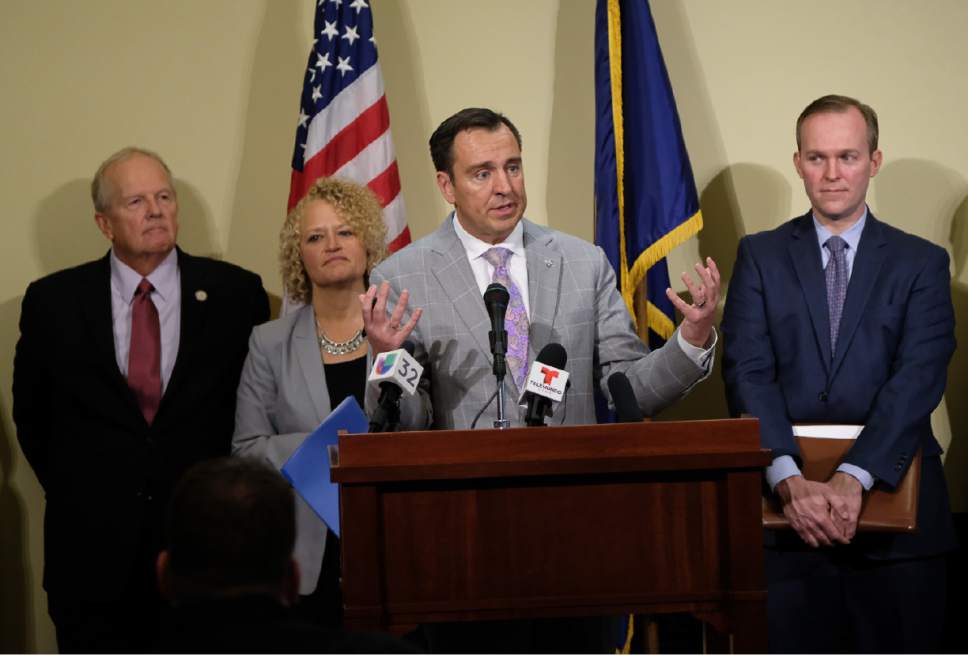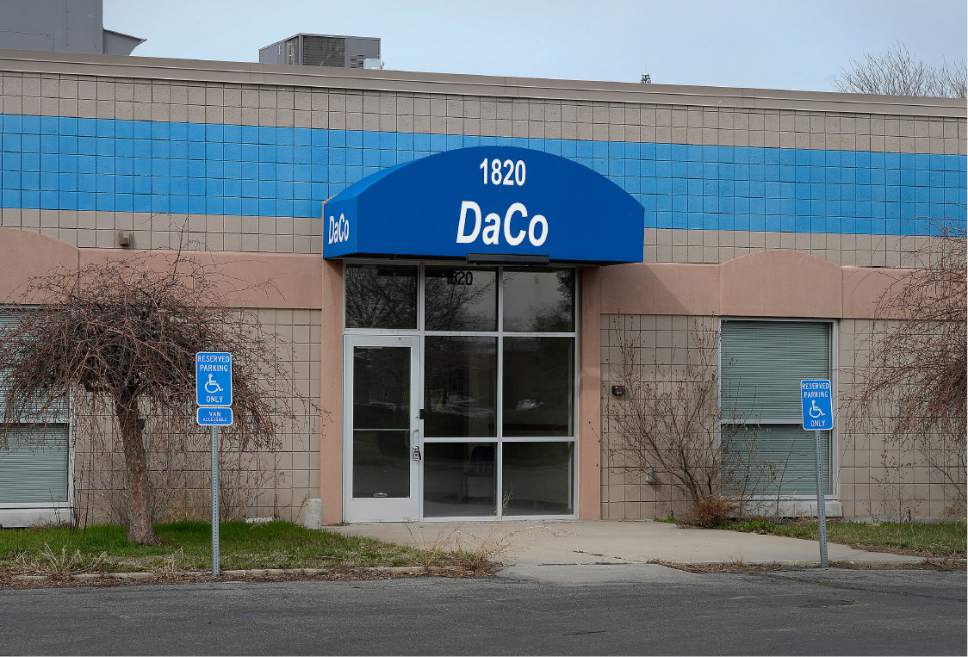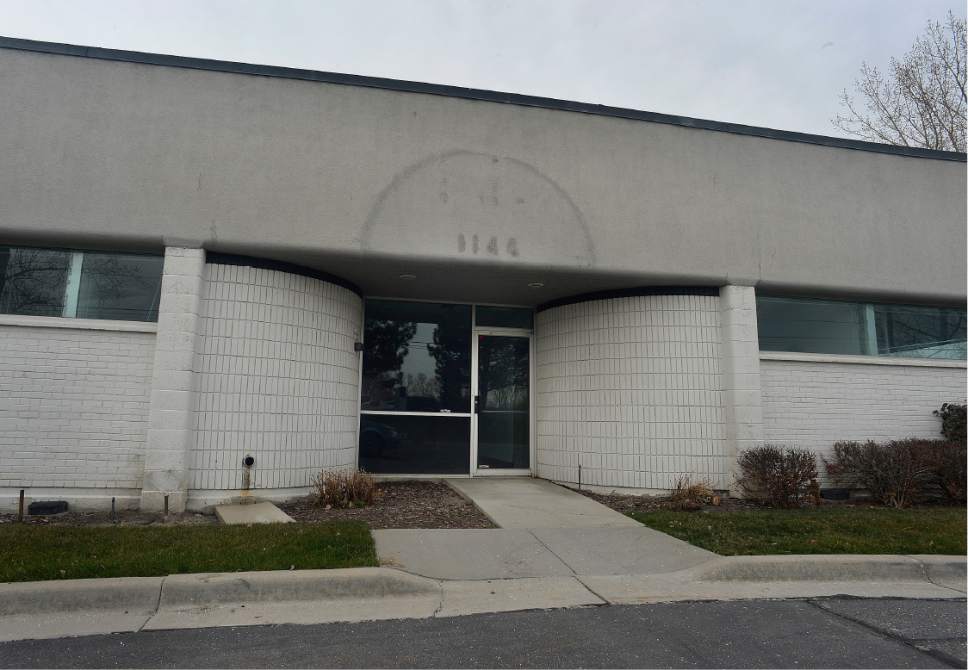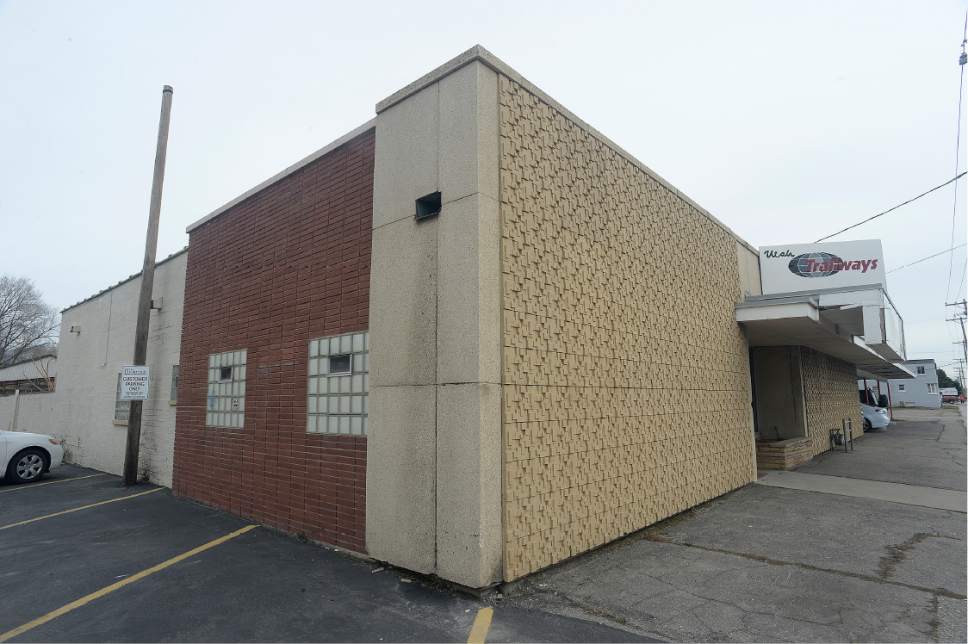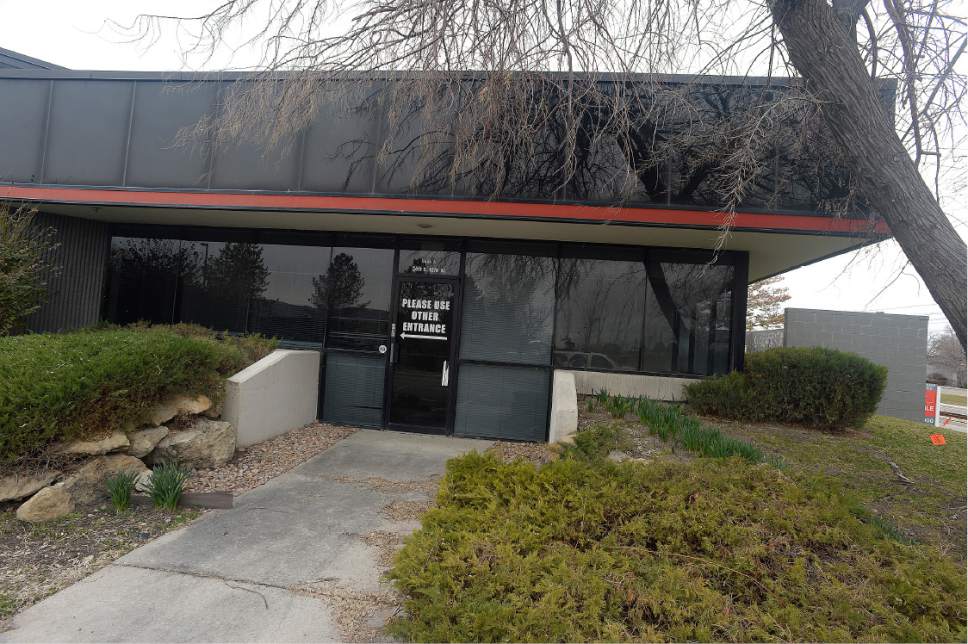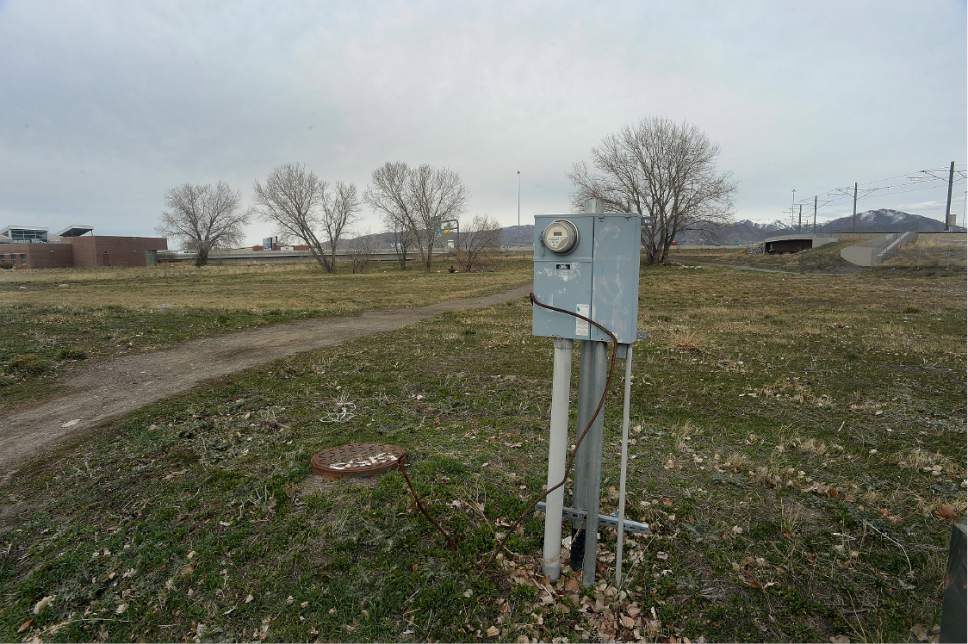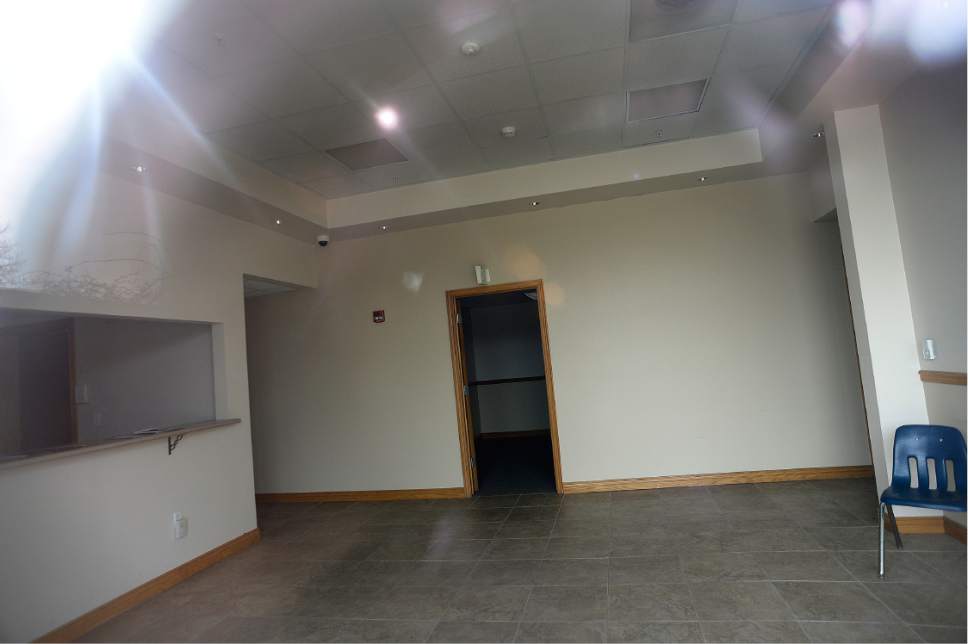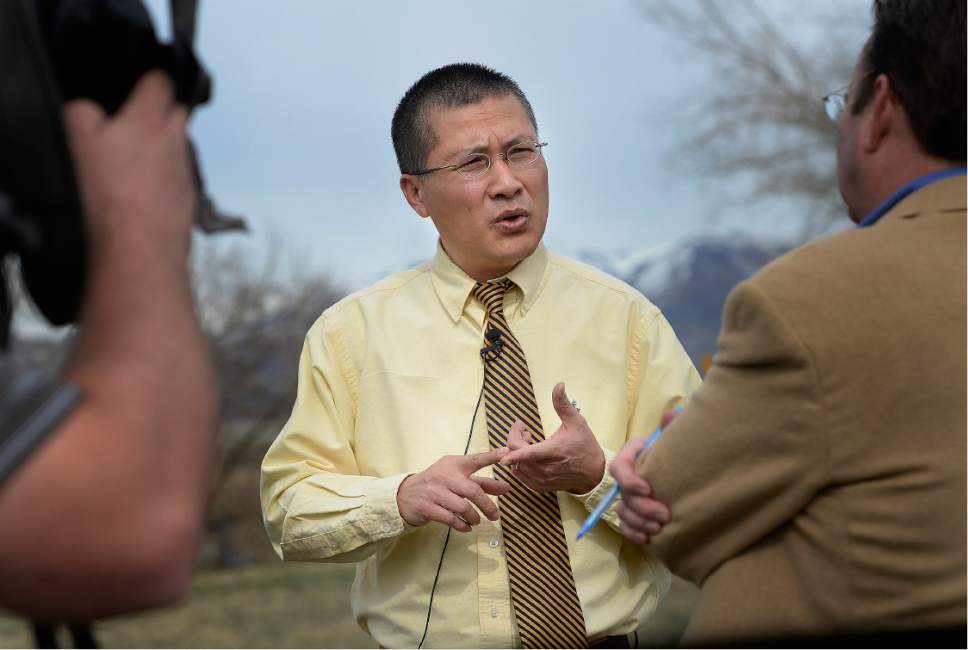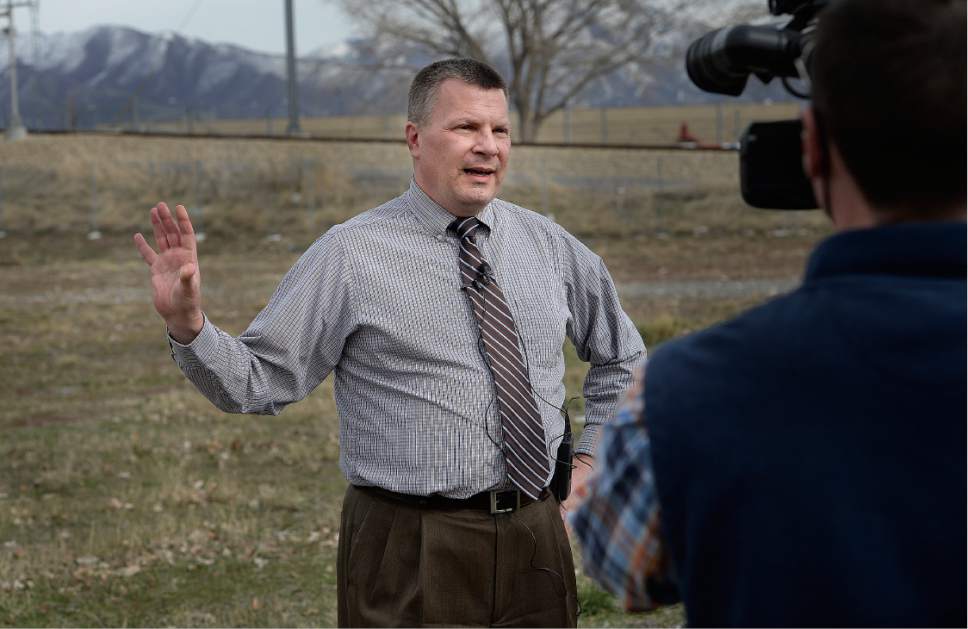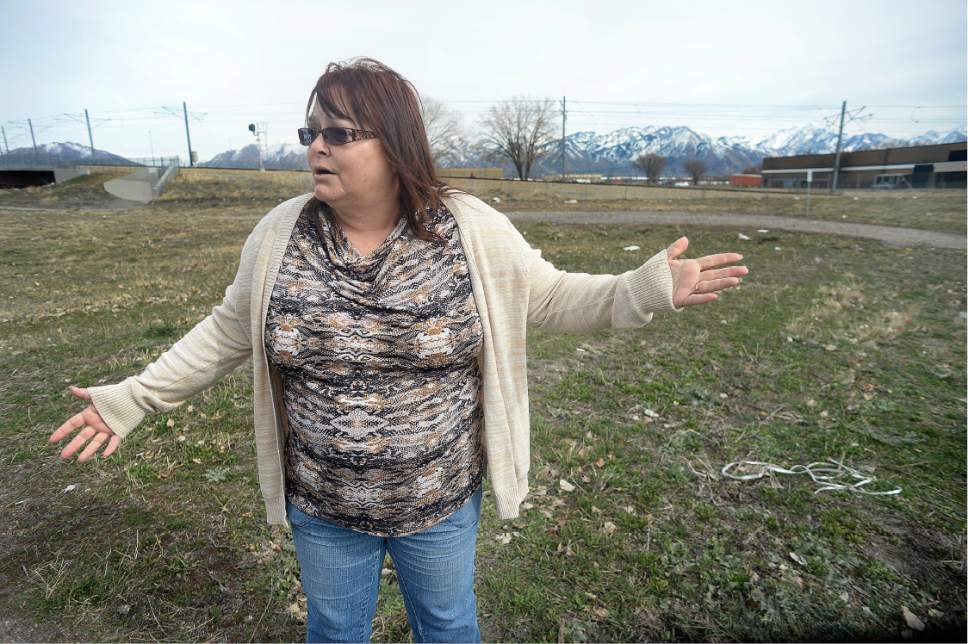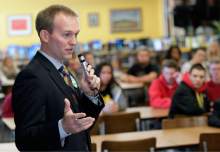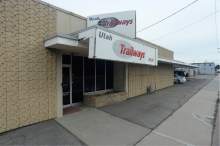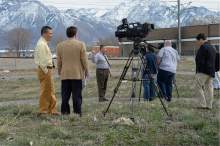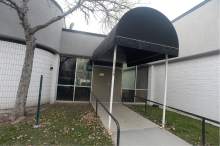This is an archived article that was published on sltrib.com in 2017, and information in the article may be outdated. It is provided only for personal research purposes and may not be reprinted.
As promised, Salt Lake County officials invited the public to scrutinize the five sites they're considering for a new homeless shelter.
Early indications are that the public will oblige.
All five site finalists are in either West Valley City or South Salt Lake, and those cities' mayors responded to Friday's announcement with surprise and frustration.
"There's two pieces here, and the two pieces have to be balanced," said West Valley City Mayor Ron Bigelow. "One is, how do you help the homeless? And the second is, how do you do it without causing major damage to a neighborhood or a business district?"
Salt Lake County has just 20 days to collect and weigh such input before recommending one site to a state committee for the ultimate determination.
In the meantime, Salt Lake County Mayor Ben McAdams has vowed to offer a "robust yet abbreviated" public process that includes two open houses and additional open meetings.
A county spokesperson said McAdams was attending to a personal matter and unavailable for comment Friday.
Legislation passed a day earlier will, if signed by the governor, empower the state's Homeless Coordinating Committee to choose a site even if it's in violation of a municipality's policies or opposed by its officials — which may be inevitable.
South Salt Lake Mayor Cherie Wood said she was "shocked and concerned." Next to Alta, her city is the county's smallest, and she said it doesn't have the tax base to support a shelter of more than 200 beds.
What's more, she said, South Salt Lake already has county jail facilities, permanent supportive housing, youth group homes and a juvenile justice center, and 10 percent of the city's residents are refugees.
Bigelow, likewise, said West Valley City is already doing its part. A city news release said its 33,000 affordable housing units are the most in the county.
He called the March 30 site selection deadline "arbitrary."
"This isn't the way that this should be done," Bigelow said, characterizing the process as "in a hurry, behind closed doors, excluding those who are going to be impacted by it."
Shaleane Gee, Salt Lake County's director of special projects and partnerships, said rather that "this is the beginning of the conversation about these locations, not the end of the conversation."
"We want to hear from [residents] what they uniquely know about their own communities and neighborhoods," Gee said.
The proposed sites are: 1820 W. Printers Row (2300 S.), West Valley City; 2411 S. Winston St. (1070 W.), West Valley City; 2249 S. Winston St. (1070 W.), West Valley City; 3091 S. Main St., South Salt Lake; and 1144 W. 3300 S., South Salt Lake.
One thread between them is proximity to transit that links the sites to Salt Lake City's associated services. Three are along the Jordan River, and none is in a predominantly residential area.
West Valley City employees had tried to guess at potential sites and had scouted all three that the county selected, said Nicole Cottle, the city's community and economic development director.
Within hours of the county's announcement, several members of the City Council mobilized to site locations to express their outrage.
Speaking separately, Councilmen Don Christensen and Steve Buhler likened the process to President Barack Obama's December designation of the Bears Ears National Monument in southeastern Utah.
"What did the Legislature do about that?" Christensen asked, referring to a resolution that called upon President Donald Trump to revoke his predecessor's designation, branding it overreach.
Kate McConaughy, executive director of the Work Activity Center near both sites on Winston Street in West Valley, said she worries that a homeless population will present a danger to the 150 disabled clients that the center assists in becoming independent and learning job-related skills.
"They could be handed something and not even be aware of what they're being handed," McConaughy said. "They could be asked for money. They're in our services because they are vulnerable and require staff to provide oversight and assistance to them."
Said Julie Erickson, who lives nearby: "They're going to camp out in our yards and under the cars like they do in Salt Lake City. I think it's chicken that the mayor of Salt Lake County just dropped it on West Valley and said, 'It's yours.' What gave him that right?"
The county has scheduled two open houses next week at the state Capitol, and the public is also invited to address a meeting of the County's Site Evaluation Committee the following week. Members of that committee have yet to be announced.
It's a markedly different approach than the one taken late last year by Salt Lake City leaders, who announced four chosen shelter sites without having publicized a list of finalists.
Although those meetings were closed in accordance with a state law that protects real estate negotiations, city leaders have said their motivation was to avoid pitting neighborhood against neighborhood in open debate.
Salt Lake City Mayor Jackie Biskupski and City Council members were inundated during the next two months by complaints about a proposed site at 653 E. Simpson Ave. in Sugar House that houses popular commercial tenants and abuts a neighborhood of single-family homes.
That site was then yanked midway through the legislative session, as was a site at 648 W. 100 South that's a few blocks away from the existing emergency shelter at 210 S. Rio Grande St.
Instead, a group of stakeholders announced, the remaining Salt Lake City shelters at 275 W. High Ave. and 131 E. 700 South would feature 200 shelter beds instead of 150, and the state would site a shelter in another county municipality.
The number of beds for the county shelter has yet to be determined, McAdams has said, as does the demographic it will serve.
But Biskupski said during the February rollout of the rebooted plan that one city facility would shelter women while the other would include a gender-segregated population — implying that the county shelter would be for men alone.
Leaders refer to the new shelters as "resource centers," and not shelters, because they are envisioned as a one-stop shop for services that lead homeless people to housing.
The effort coincides with a city and county push to address a shortage of affordable housing and increased state funding for mental health and substance abuse treatment.
A request for proposal issued by Salt Lake City included an estimate of $10 million to build each 150-bed shelter. The state has committed $20 million.
McAdams had said the county was first asked if it would site a shelter in mid-February — on Valentine's Day, to be exact. The joke in his office was that he spent that night searching the internet for available properties.
Richard Maben, who owns the property leased by Utah Trailways at 3091 S. Main St., said he first heard from county representatives "a couple of weeks ago."
"It's been a speedy process, to be sure," Maben said. "At this point, anything can happen. I'm not holding my breath."
Visit http://www.homelessfacilitysite.org for more information.
Twitter: @matthew_piper
Twitter: @TaylorWAnderson —
Public feedback schedule
Salt Lake County has scheduled the following three opportunities for the public to give feedback on possible shelter sites. On Tuesday, March 28, its Site Evaluation Committee is slated to deliberate from 3 p.m. to 5 p.m. at the state Capitol (350 State St.) in Senate Room 210. Its recommendation to the State Homeless Coordinating Committee is due March 30.
Tuesday, March 14 • From 6 p.m. to 8 p.m., an open house will be held at the state Capitol (350 State St.) in the Senate Building cafeteria
Saturday, March 18 • From 3 p.m. to 5 p.m., an open house will be held at the state Capitol (350 State St.) in the Senate Building cafeteria
Wednesday, March 22 • From 6 p.m. to 8 p.m., the Site Evaluation Committee will meet and invite public comment at the state Capitol (350 State St.) in Senate Room 210. —
Proposed sites
1820 W. Printers Row (2300 S.), • West Valley City, southwest of Glendale Golf Course, 3 acres assessed by the county at $2.5 million.
2411 S. Winston St. (1070 W.) • West Valley City, just south of Glendale Golf Course and just west of the Jordan River, 0.9 acres assessed by the county at $1.7 million.
2249 S. Winston St. (1070 W.)* • West Valley City, just south of Glendale Golf Course and just west of the Jordan River, 1.9 acres assessed by the county at $330,000.
3091 S. Main St. • South Salt Lake, currently occupied by Utah Trailways bus services and less than a quarter-mile from a state liquor store, 1 acre assessed by the county at $400,000.
1144 W. 3300 So. • South Salt Lake, adjacent to the Jordan River and James Madison Park and near the county's Oxbow jail, 2.6 acres assessed by the county at $3 million.
* Indicates a vacant lot


